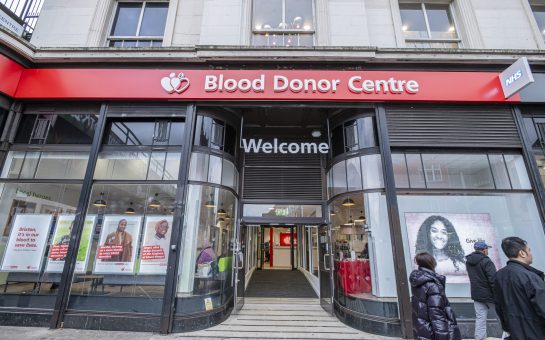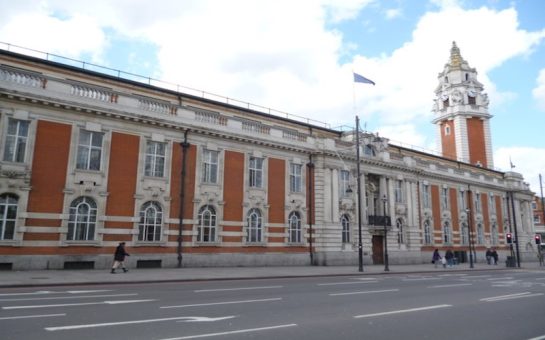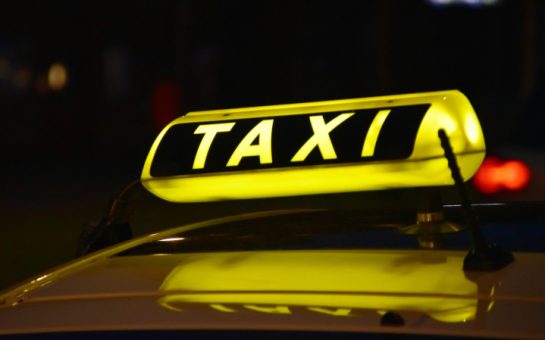An iconic peace mural in Brixton that was part of a protest against the fear instilled by the Cold War has been restored to its former glory by local artists after years of talks.
The nuclear dawn mural in Brixton was first painted in 1981 by Battersea-based artist Brian Barnes, 76, with the help of Dale McCrea and 20 other residents.
Local artist mORGANICo, who has worked with Barnes for years, said that they often spoke of restoring the mural back to its former glory.
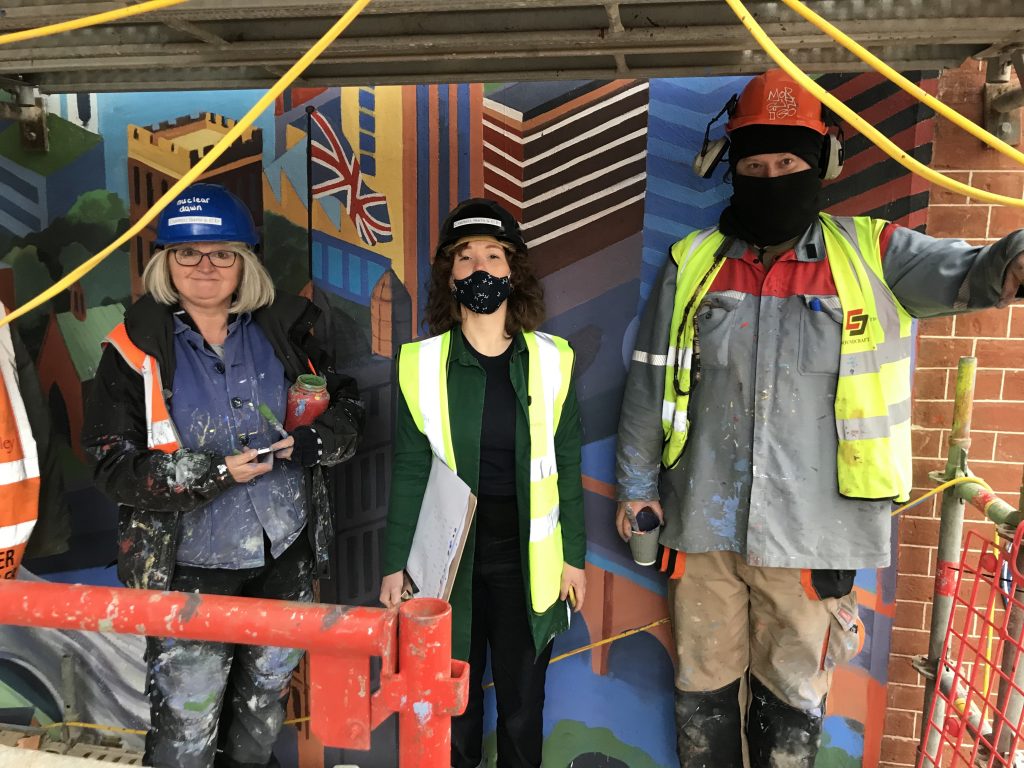
mORAGNICo was joined by Paul Butler and James on the restoration after the council finally approved the project.
James said that the project means so much more than it looks on the surface.
She explained: “We don’t want the old peace movements to be forgotten.
“There’s a whole history that goes along with this. It’s more than a picture.”
The peace mural, which was painted on the side of Carlton Mansions in Coldharbour Lane in Brixton, is 25 metres squared and now it has been restored, it will be publicly unveiled in November or December.
Why is the preservation of the mural important?
The vibrant painting depicts a London landscape featuring Big Ben loomed over by a walking skeleton draped in the flags of the USA, Soviet Union and United Jack.
In the distance you can see a huge mushroom cloud, symbolising the explosion of a nuclear bomb.
However, over the years, the mural has been damaged by graffiti and weathering.
mORGANICo explained how the gloss oil paint which was originally used to create the mural had begun to peel and fade, so this time a mineral paint called Keim was being used.
He added that the mural resonates with him particularly as he found the image terrifying as a child having grown up in the area.
Why is it relevant today?
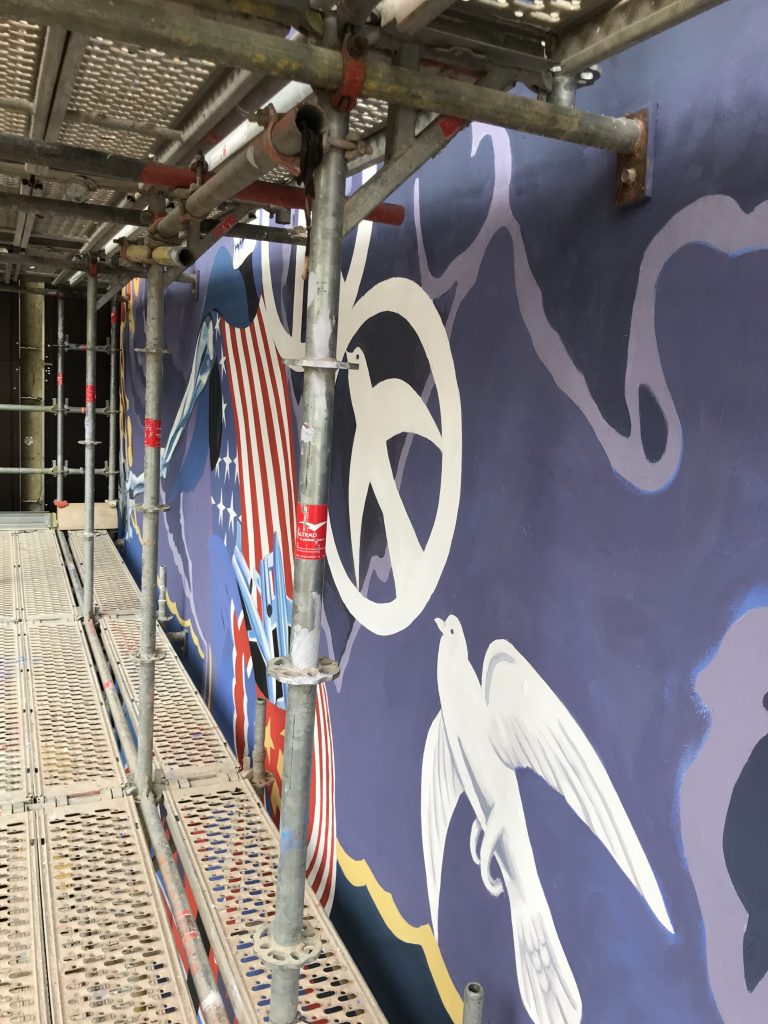
The message of peace the mural conveys is still very much relevant as nuclear armament continues.
In 1947, the organisation Bulletin of Atomic Scientists released the Doomsday Clock, which is used to predict how close humanity was to Doomsday, or destruction.
The clock hand was moved to only one hundred seconds away from midnight in 2019, marking the closest humanity has ever been to destruction due to our own actions.
A continued threat of nuclear armament was seen as just one such factor for the move, with climate change also playing a big part.
Due to the size of the mural, bigger brushes were often used but mORGANICo showed SWL how he used his dreadlock for the finer details.
The artists had to work to a tight deadline, especially towards the end of the project.
At the end of the restoration, mORGANICo said: “We worked seven days a week recently, sometimes 12 hour days.”
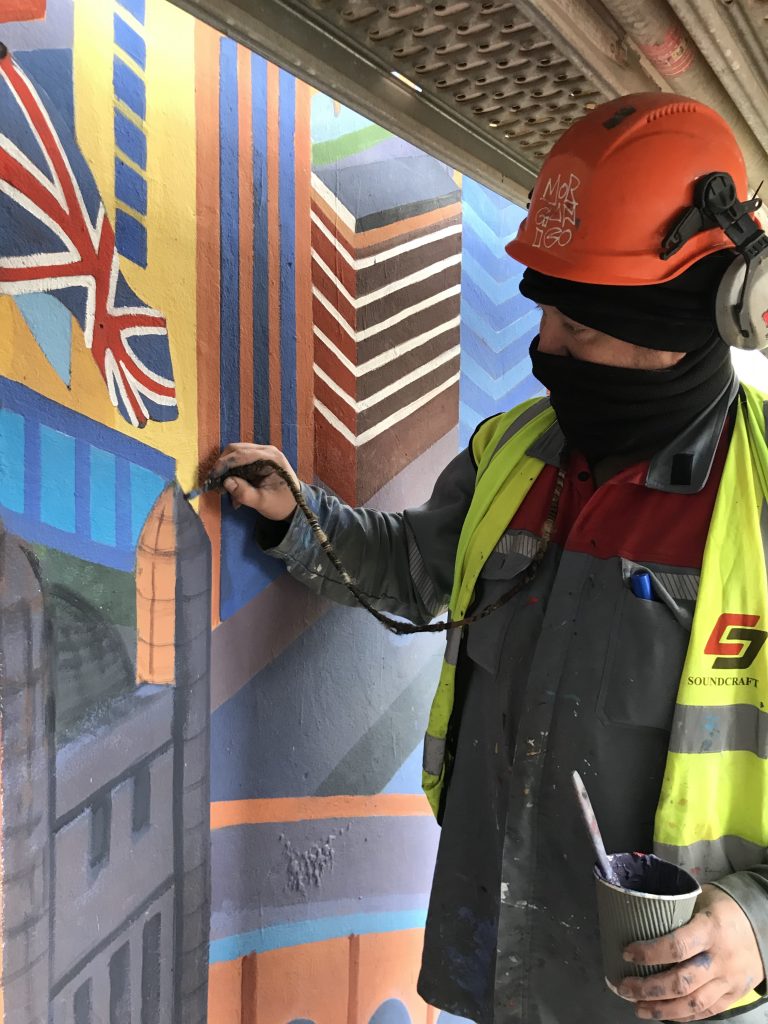
Credit: Matilda Martin
Featured Image Credit: mORGANICo
